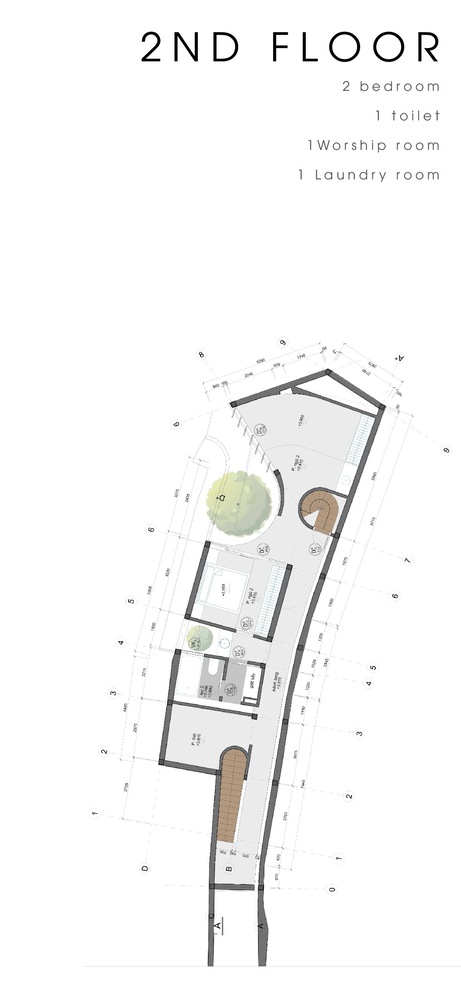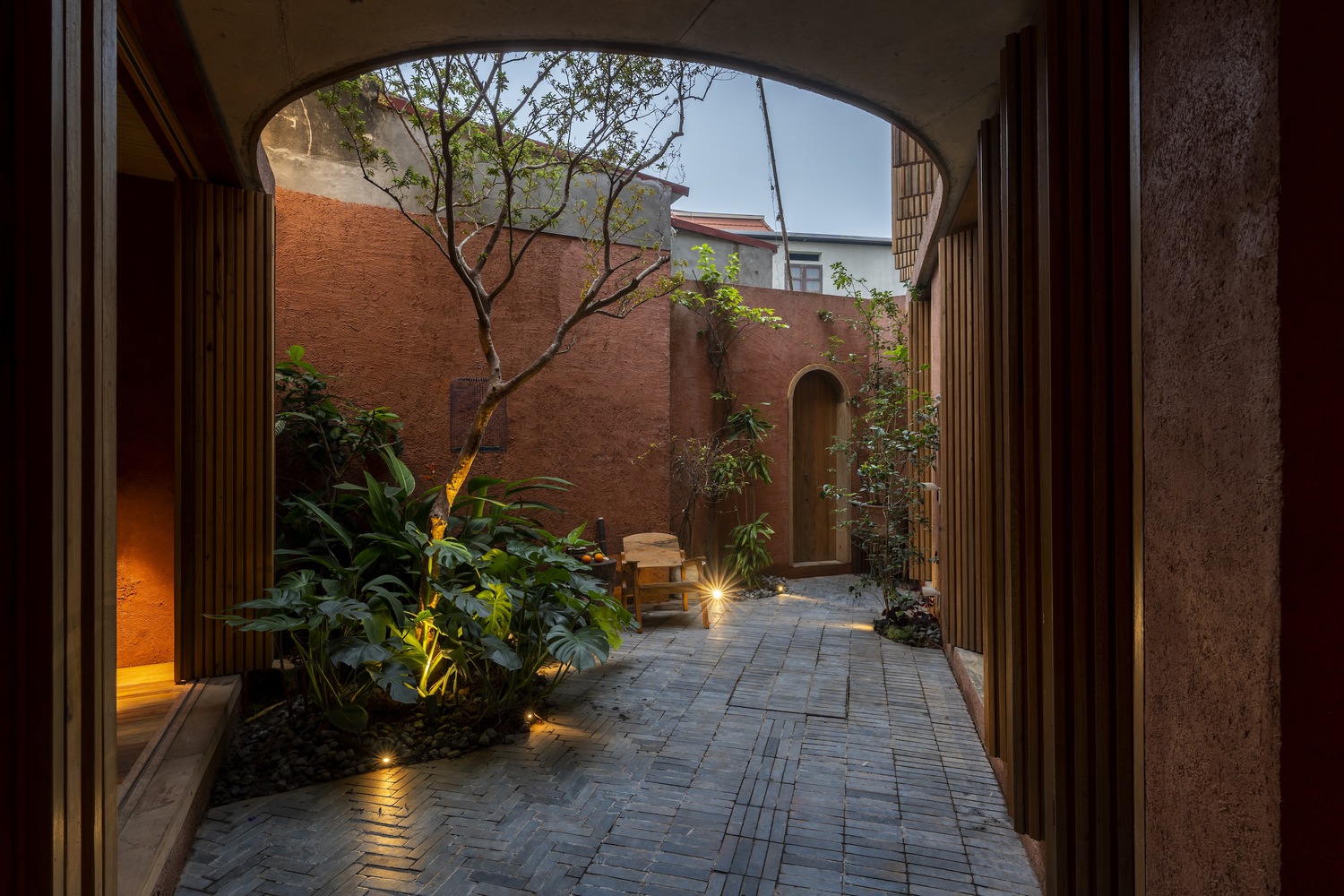
NGÕ House: The Narrow Alley House
Vietnam alleyways tend to transport you to different worlds. Virtually multi-functional spaces, alleyways in big cities like Ho Chi Minh and Hanoi are places where one can see the mingling of everyday life and business as a refreshing boom of human activity, giving these alleys more warmth and a sense of belongingness rather than coldness and unease. This concept of having alleys as the hub for community and connection has been deeply rooted in Vietnamese culture and became the concept for the NGÕ Alley House in Hanoi.



A modern house, it’s an example of sustainable design being implemented as a solution against Hanoi’s rapidly growing urban development and climate change. Designed to have a passive-cooling function that maximizes the green spaces bleeding in from the entrance, the inner garden, and the courtyard. It also has a minimalist interior that blooms with native colors while incorporating natural stone and wood, gravel, and indigenous brocade fabric.
Related read: Minimalism as the Canvas for a Modern Family Home in Vietnam


Designed to house three generations of families that can each occupy the rooms around the middle courtyard, the NGÕ house portrays balance and relaxation by blending with nature through a garden and courtyard where air can freely circulate through and into the residence. Other common areas include the kitchen space and dining room alongside a sauna, worship room, an airy rooftop, and even a limited playground for the kids. At the same time, the house’s architect–D.O.G., used local materials and a modified soil formula that maximizes cooling and dehumidification. The finishing material, olive soil is a mix of materials that have been modified according to Northern Vietnam’s traditional method to help keep summers cool and winters warm.
Though NGÕ House is located in the middle of this bustling Vietnam city, its green infrastructure assures a safe and calming place where the family can have a reprieve from the surrounding concrete area.
Related read: 5 Residential Pieces from Vietnamese Architecture firm 23o5 Studio


